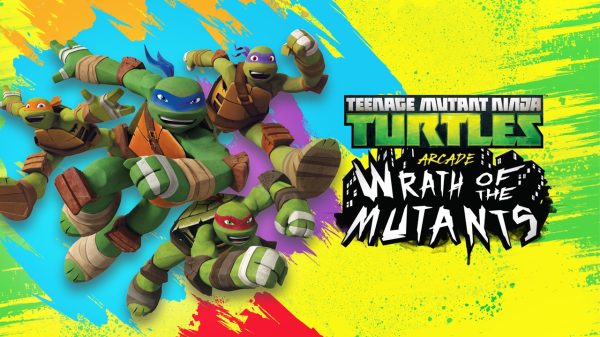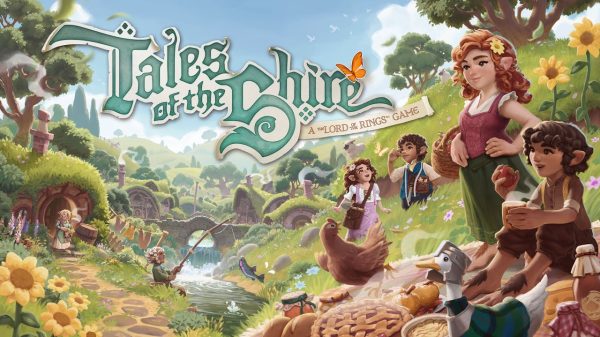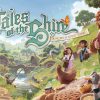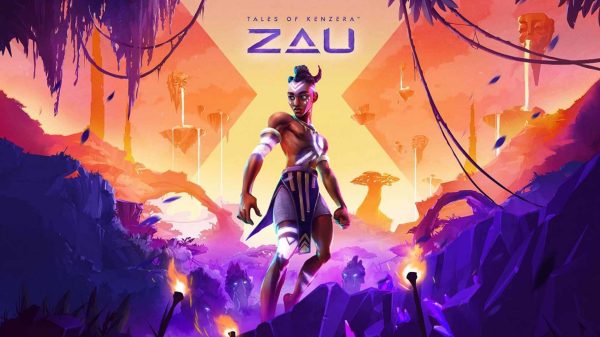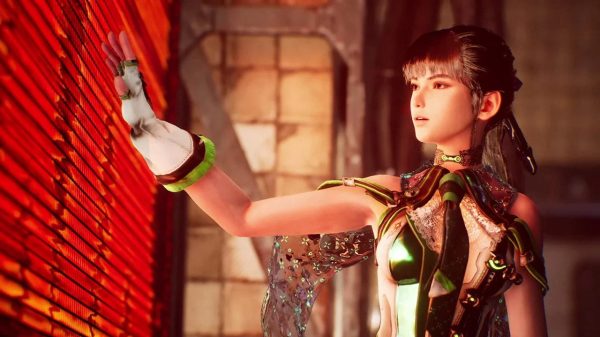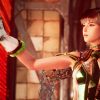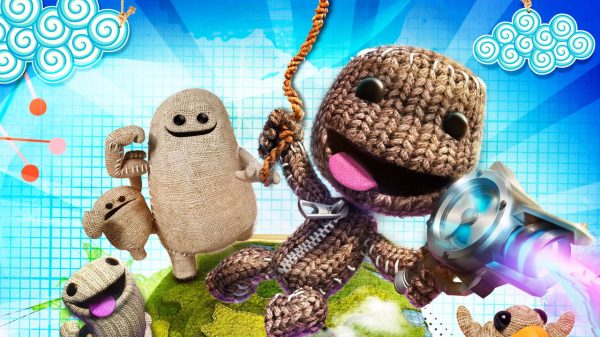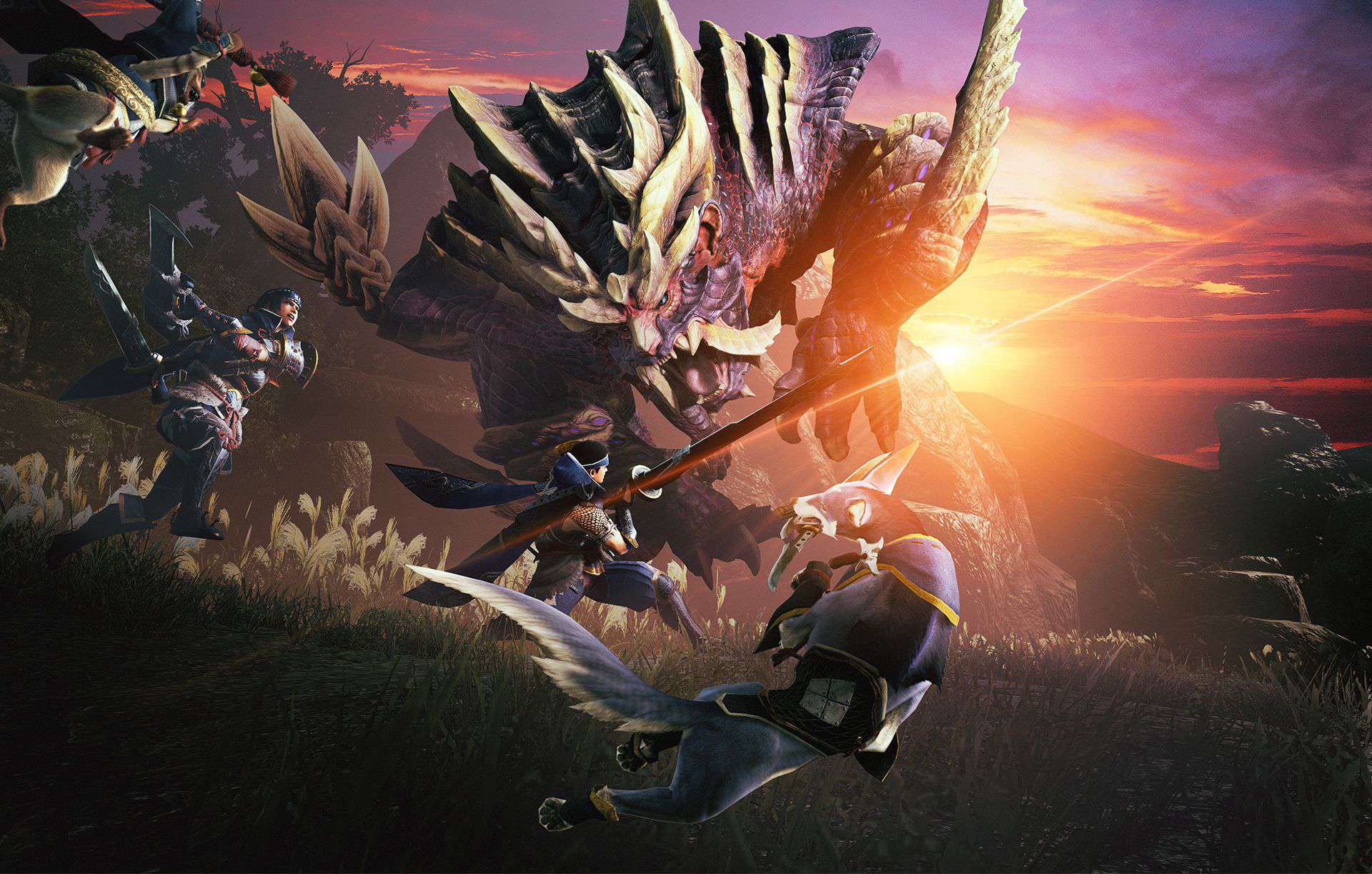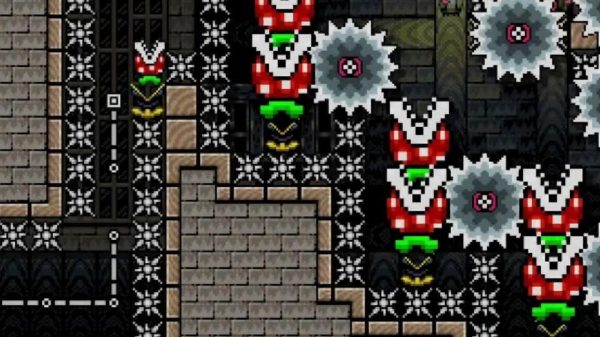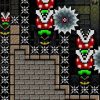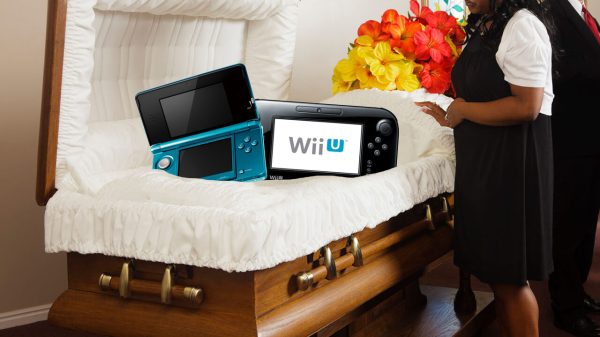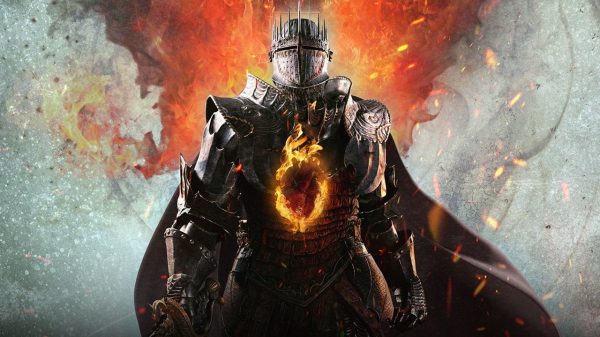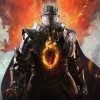The time has finally come. Monster Hunter Rise is finally here and I could not have been more excited for it. Sure, I only got into the Monster Hunter franchise with Monster Hunter World, but that does not mean I can’t be a big fan of the series (hell, I even went back and played a lot of Monster Hunter Generations Ultimate), and Rise was easily my most anticipated release of the year. Their initial proposal of certain mechanics had me concerned at first, especially with the new Wyvern Riding potentially becoming a crutch for design and monster balancing like the Clutch Claw was in Iceborne, as well as the new Petalaces potentially making it so people spend a lot of time not fighting the monsters in their hunts that have a limited amount of time. Thankful, most of my concerns were addressed while playing the full game and while it is a bit threadbare on the endgame content right now, MH Rise was worth the wait.
Monster Hunter Rise places the player in the shoes of a new hunter situated in the small village of Kamura. Themed around traditional Japanese architecture and culture, Kamura is a little hub thriving with charming characters, resources for hunting monsters and, most importantly, cats. Kamura Village has been the target of a monster-based phenomenon known as ‘The Rampage’, where monsters exhibit behaviour outside of their normal pattern and attack the village. The story takes the centre stage again, like it did with World, however the team has been smart enough to have the story focus on the characters more than specific events. It makes it all feel like an okay enough middle ground between the previous games’ set dressing and World’s attempt at an in-depth story. It’s nothing exceptional, and some of the English voice acting is truly terrible, but it’s okay enough to just keep you going outside of the core gameplay loop. The story is divided into two parts, village and hub, and I recommend going through the village story first as it ties nicely into the hub story, but it’s not at all required.
Much like the story, the actual quests themselves are divided between village and hub quests, but the difference is much more meaningful. For people who have not played some of the earlier Monster Hunter games, singleplayer and multiplayer quests were always separated. This was done as a means of encouraging the player to tackle challenges on their own as well as being able to progress through quests without making your group of friends miss out on anything. It’s something that I always felt was sorely missed in MHW after going back and playing MHGU. Thankfully, it feels as if the designers in the Monster Hunter portable team understood the positives and negatives of this system and made a few changes. For starters, the village quests (singleplayer) feel much easier to complete which definitely feels like a good direction in the accessibility department. A lot of people struggled with MHW as some monsters can take an inordinately long time to kill if you are not experienced. This also exists as an early platform for newer players to learn and experiment with each perk. This part is vital to attracting new players as people won’t feel punished for trying things they are not familiar with. One other change that has been brought in with village quests (and hub quests too) is the quest tracker. Back in the earlier games, players just kind of had to figure out which quests were considered key quests, but now they are marked with their own marker. In contrast, optional quests have their standard yellow speech bubble marker and the other non-essential hunts are just normally listed, which means no wasting time on hunts you think might be key quests, allowing you to focus on the quests that need completing without resorting to a wiki guide. I really appreciate this as clear communication is always a positive (I will always criticise a game for being needlessly obtuse). The last really notable change brought into village quests is something I really was not expecting. As you progress through the village quests, you might occasionally get a Special Licence Test, which is a unique village quest that allows you to increase your Hunter Rank by one, allowing you to take on harder hunts in the Gathering Hub. However, it is also worth noting that the village quests only cover low rank quests, if you wish to handle high rank quests, you will need to go through the Gathering Hub, which is where these Special Licence Tests shine. This is a sign of the game and the designers respecting the player’s time. Rather than tasking the player with mandatory hunts of monsters they have done before, they are given the possibility to skip a majority of these hunts and get into high rank as soon as possible. If you see these Special Licence Tests pop up during your village quests, do them!
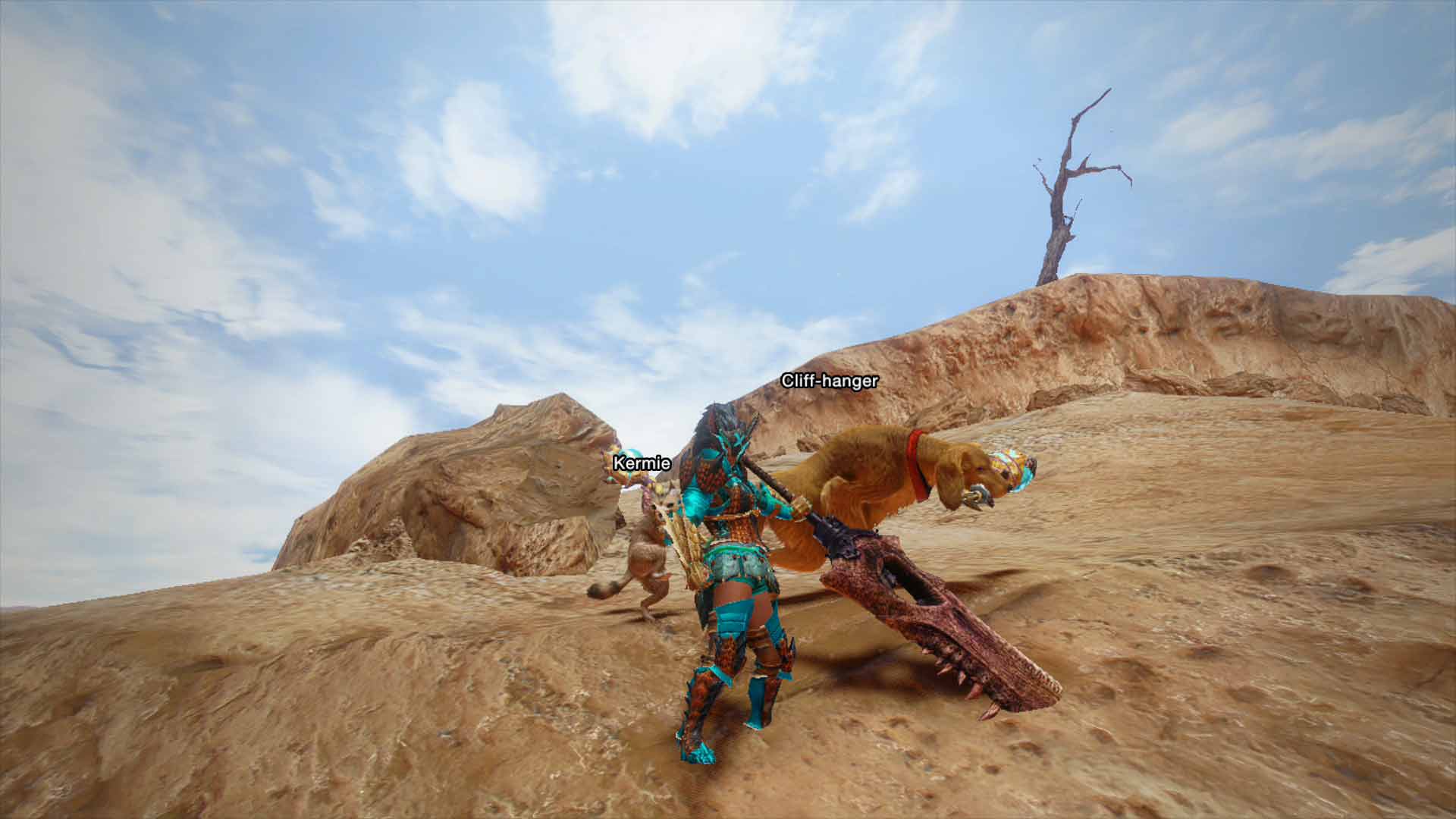
When it comes to high rank, MH Rise is notably different. There is an emphasis on The Rampage game mode, one of the new game modes unique to MH Rise. The easiest way to describe this is as if you were to play a tower defence game with Monster Hunter gameplay. There are either two or three hordes in a Rampage quest and each horde has a major threat and/or Apex monster. I haven’t had the opportunity to try this game mode cooperatively, but as a solo prospect, I didn’t actually enjoy it that much. Sure, it was cool the first few times, and the instances where you are required to do it in the Gathering Hub questline are pretty unique in terms of atmosphere, however, the problems with The Rampage arise when you reach the endgame. To kick things off, there are only two elder dragons to hunt, and the game very clearly wishes you to hunt Apex monsters for its endgame, monsters that are a significant step above the rest. They are visually distinct from the normal monsters and are much tougher to hunt. They hit incredibly hard and can behave a little differently, but they are also a returning mechanic, mimicking the previous game’s tempered hunts (a point of controversy in terms of design amongst the fanbase). Normally, I think ramping up the challenge for players to get the best gear is just a part of natural progression and is fine in and of itself, but here Apex monsters are exclusively found in The Rampage. This means that you may have to be in an activity for ten minutes or more before you actually get to hunt an Apex monster and it is very easy to fail at this point due to the Apex monster destroying your defences quite quickly. I’d imagine with a full group it would feel less like a chore, but as someone who has exclusively played solo at the time of writing, these Rampage hunts kind of bore me.
The core gameplay loop of MH Rise is easily the part that had me the most curious after playing the demo. The introduction of Petalaces (a new piece of gear that allows you to change some of your stats) has fundamentally shifted the way players will approach their hunts. Rather than trying to figure out which camp is closest to the monster, or tracking down the target in one of many zones inside a locale, you spend the first two to five minutes collecting Spiribirds to increase your attack and defence, as well as your maximum health and stamina. You eventually figure out the optimal route to take at the beginning of each hunt in each locale, but it’s still time that takes away from the core loop of Monster Hunter. On one hand, the exploration aspect of MH Rise is the best the series has ever had, but on the other hand it’s muddying a loop that was already beautiful in its simplicity. While the Petalaces can take away from the beauty of MH Rise’s core gameplay loop, the Wirebug is the polar opposite. One note of criticism that a lot of people had for the Monster Hunter games is that the controls can feel sort of slow and clunky at first glance. While this is something I can completely understand, I’ve also defended the gameplay as something that feels terrible until it clicks, and once it does do that it can feel incredibly fluid. The Wirebug adds to the fluidity of the gameplay and affords the player either extra manoeuvrability or extra offensive capabilities. Each weapon has had its moves expanded through the silkbind manoeuvres and each of these silkbind attacks are incredibly useful and powerful, but the Wirebug honestly feels its best when you use it to regather yourself after being knocked off your feet by a monster. You are back in the action as soon as possible and the recharge rates of the Wirebug are determined by the action you use – standard Wirebug actions like grappling and regathering yourself have short cooldowns, and larger actions like really potent silkbinds have longer cooldowns.
There are two more core changes to the loop, both of which I believe to be incredibly smart changes. We’ll start with Wyvern Riding. Newcomers to Monster Hunter may not realise this, but mounting is actually a relatively new feature in the Monster Hunter games, only making its debut in Monster Hunter 4. This slightly flawed but nonetheless great system allowed for players to more easily knock monsters over and stack large amounts of damage on the monsters they were fighting. MHW changed this slightly by changing the actions that you can do while mounting a monster but still capturing the original essence of mounting. It ended up creating a meta that made players focus on aerial attacks quite a lot in order to mount the monster and use powerful combos without interruption. Wyvern Riding changes this entirely. Rather than being a threshold from a specific type of damage, Wyvern Riding is enabled on a monster after taking enough damage, or if another monster comes into the fray and they attack one another. Wyvern Riding allows you to mount a monster, control it, attack other monsters or launch the monster into a wall to knock it over. The reason this does not feel like it creates an imbalance is because getting Wyvern Rides is quite organic; you are just rewarded for playing the game and aren’t forced to play in a particular style to get these mounts. I was skeptical about this mechanic at first but it definitely feels like a change for the better.
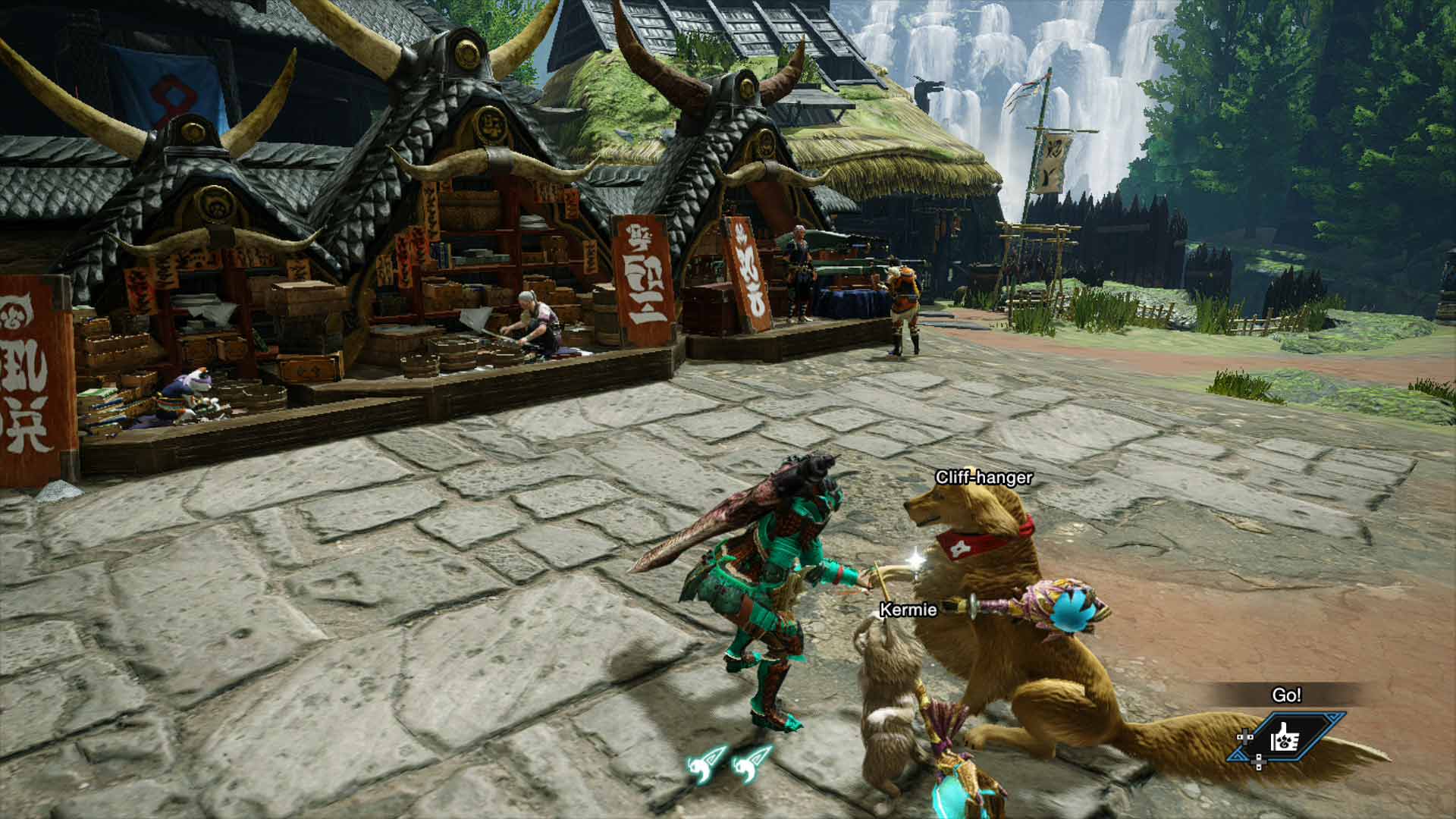
The other massive gameplay change has to do with the switch skills. Switch skills are available for each weapon and allow you to change the way you play each weapon in a similar way to the Hunter Arts/Styles system found in MHG/MHGU. These give you varied new movesets which can fundamentally change the way a weapon handles, meaning there are a huge number of ways to play the game. It may not be to the same level as the aforementioned MHGU, but it’s still a really cool change.
The last few changes that make the game significantly more accessible have to do with the monster information and other necessary info. In classic Monster Hunter games, finding out what elements monsters were weak to was done by looking at the resistances and weaknesses of armour pieces from any monster in question. In World, there was a journal which logged all the pertinent information, but it unlocked in stages for each monster and often required numerous hunts in order to get all the information you need – this also includes the monster rewards/material drops. In MH Rise, after you hunt the monster once, you will see all the physical and elemental resistances/weaknesses as well as the drop rates for each material obtained from a monster, this includes low rank drops and high rank drops. Additionally, you get extra rewards for capturing monsters rather than slaying and carving them. It isn’t a huge amount, but it’s pretty much always better to capture in MH Rise than it is to slay and carve. Lastly, the food and its associated buffs are much more communicative in their respective menus, explaining their buffs a lot more as well as outlining their activation chances. Players are also no longer forced to try and find arbitrary materials in the wild to unlock more food options, and getting your health and stamina buffs to 50/50 is incredibly easy. There is a lot of streamlining that makes the game far more digestible for newer players.
As for the new monsters themselves, their Yokai theme translates into some incredibly fun and strange monsters. Monster Hunter has always had a problem of monsters having too similar a moveset within certain skeletons and model types. Flying Wyverns had some moves which translated to all of them, for instance all the Piscine Wyverns have that hip check that was made infamous by Plesioth. Some monsters suffered from these directly translated moves to the point where they did not feel that unique at all. All the new monsters in MH Rise have unique moves that may catch new and experienced players alike off guard, and I hope the core team learns a thing or two from the design of these monsters and later entries into the series feature more monsters with unique moves.

It comes as no surprise that the music is top notch in this game. The music which plays in the final hunt of the Gathering Hub questline is so atmospheric and expressive, you really understand the emotion of the monsters in the story itself and the pain they must be feeling. It makes you question if you are the good guy for what you are doing. There’s not a whole lot to say here, the music is brilliant, that’s it.
Performance is definitely not one of MH Rise’s strong points. MHW was arguably one of the worst performing games I have played on the PS4 and a lot of those performance woes translated to the PC version. It was eventually cleaned up to a major degree, but the portable team saw that a lot of limitations were caused by the MT Framework engine which was being used, and decided to use Capcom’s poster child RE Engine instead. This allowed for the return of monsters using the Leviathan skeleton, so my boy Mizutsune is back and perhaps one day we will see Lagiacrus return as well. In general, the game looks phenomenal. It’s not as detailed as World, not by any means, but what it lacks in raw visual fidelity it makes up for in a much more interesting art style. Where the problem lies is mostly in docked mode. For the most part, the game runs at an incredibly stable 30 frames per second. There are some instances where it is not this case though, and it can teeter on the edge of being a slideshow. Places of note include the caverns of the Flooded Forest with monsters like Jyuratodus and Almudron, and particle-heavy monsters like Tobi-Kadachi and Zinogre, which can cause the framerate to dip quite a bit. It is unfortunate that this is the case, and I do hope that the rumoured PC release of the game does come to fruition so I can experience these fights at a stable framerate, however the game is 90% solid in its performance while maintaining a beautiful-yet-balanced set of visuals.

- Capcom
- Nintendo / Capcom
- Nintendo Switch
- March 26, 2021



Jordan lives and breathes Dark Souls, even though his favourite game is Bloodborne. He takes pride in bashing his face on walls and praising the sun. Hailing from the land of tacos, he is the token minority for WellPlayed.


Latest
